Our last day in Tromsø we visited their lovely Arctic Cathedral, which has the largest stained glass in Northern Europe, an image of Christ the Redeemer. The building is quite unique, similar in style to the Sydney Opera House, and highly visible from our ship and our next stop, the mountaintop we ascended by tramcar.
The tram takes about 4 minutes and holds about 12 passengers. The lodge at the top has a café and a viewing platform with spectacular views of our ship and the city.
We were treated to tea or coffee and a nice cinnamon bun before our descent. But walking out the back of the building onto the mountain proved interesting, as the snow was over my head!
After our tram ride back down the mountain we traversed through a heavy snowstorm to the Polar Museum, which depicted the Norwegian history of whaling, seal hunting and polar exploration.
The museum has great natural history exhibits and focuses on Roald Amundsen as well as lesser known explorers and hunters, but the most interesting exhibit to me was about Fridtjof Nansen, the first United Nations High Commissioner for Refugees. Another adventurer, explorer and scientist, Nansen in 1893 commissioned an ice exploration vessel called the Fram, whose hull construction was designed to keep ice from pressing it downward. This design is still used in icebreaker construction today. But his Nobel Prize winning work was on behalf of refugees, negotiating release of prisoners after WWI. From the nobelprize.org site:
“Lenin deprived the thousands of Russians who had fled to the West after the civil war of their nationality. Statelessness prevented them from crossing borders. The Red Cross proposed using Nansen’s name on a special passport for refugees. The League of Nations approved the idea in 1922, at the same time appointing Nansen as its first High Commissioner for Refugees. The Nansen passport became very sought-after, and enabled such Russian artists as Igor Stravinsky, Sergey Rachmaninov, Marc Chagall and Anna Pavlova to begin new lives in the West.”
To read more visit: https://www.nobelprize.org/prizes/peace/1922/nansen/article/
Nansen passports, originally and officially stateless persons passports, were internationally recognized refugee travel documents from 1922 to 1938, first issued by the League of Nations to stateless refugees. The museum has a wax figurine with the suit Nansen wore to the Nobel Prize ceremony. The High Commissioner for Refugees still exists as part of the United Nations.
Tomorrow – Reindeer!


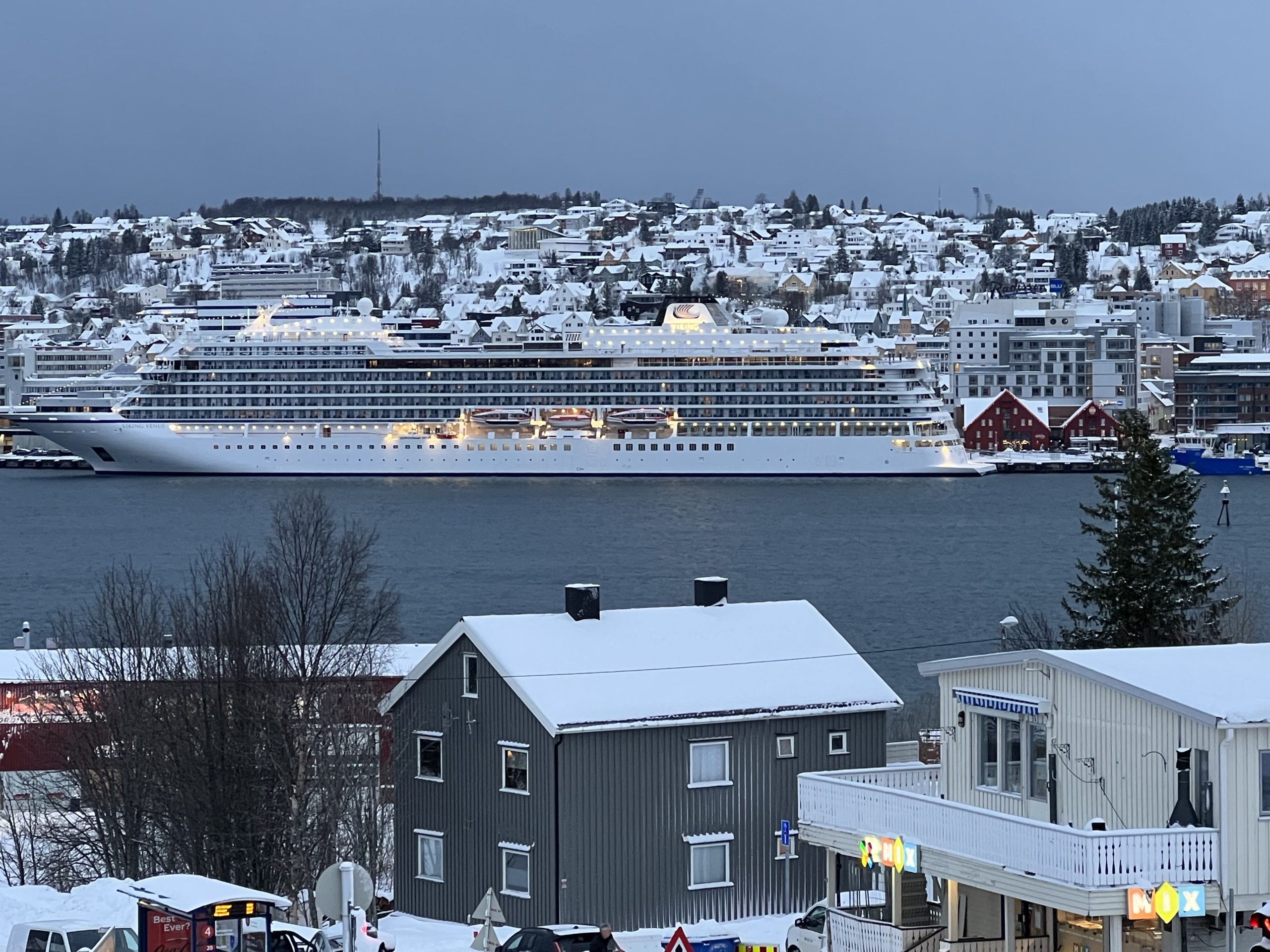
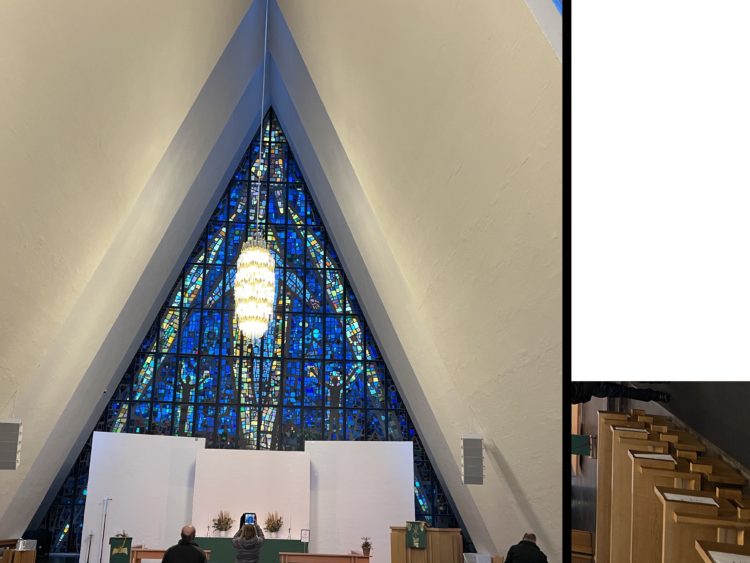
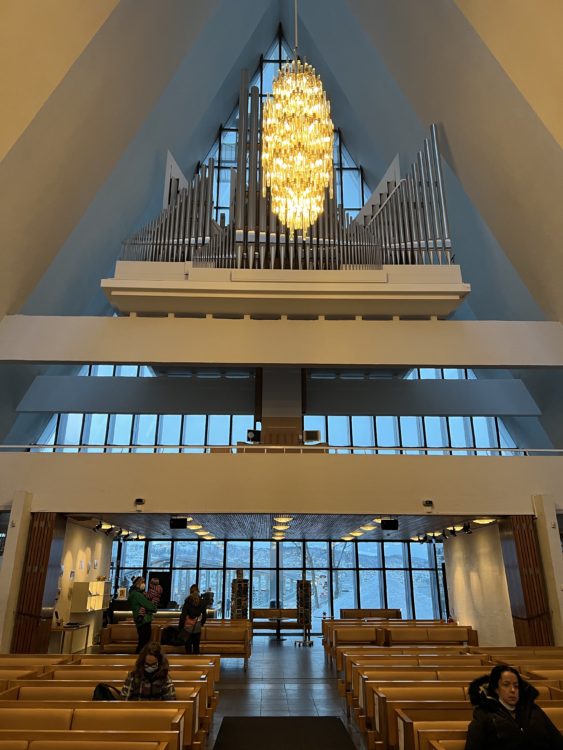
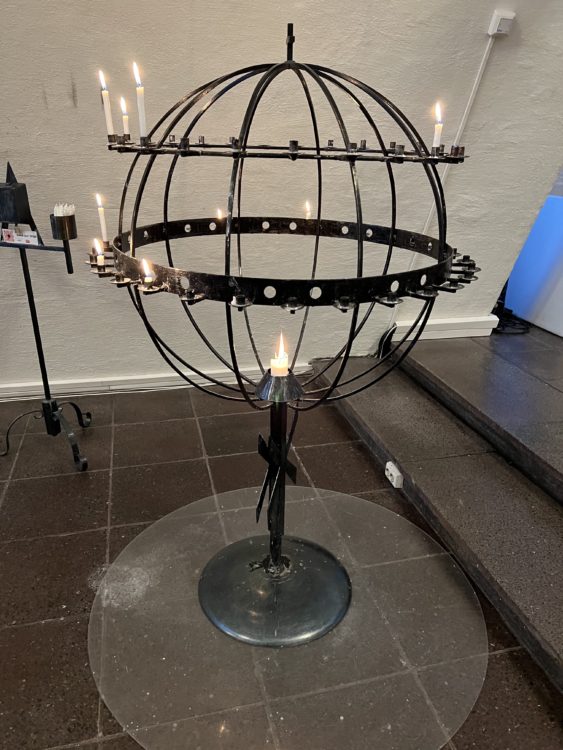
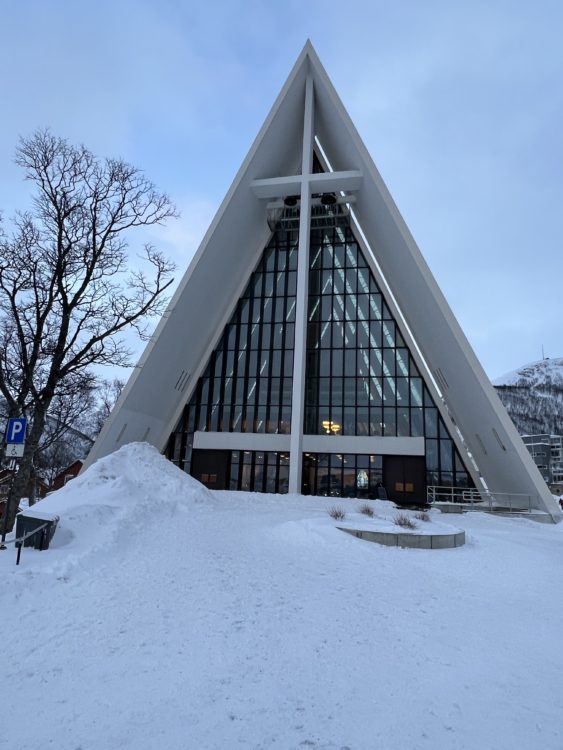

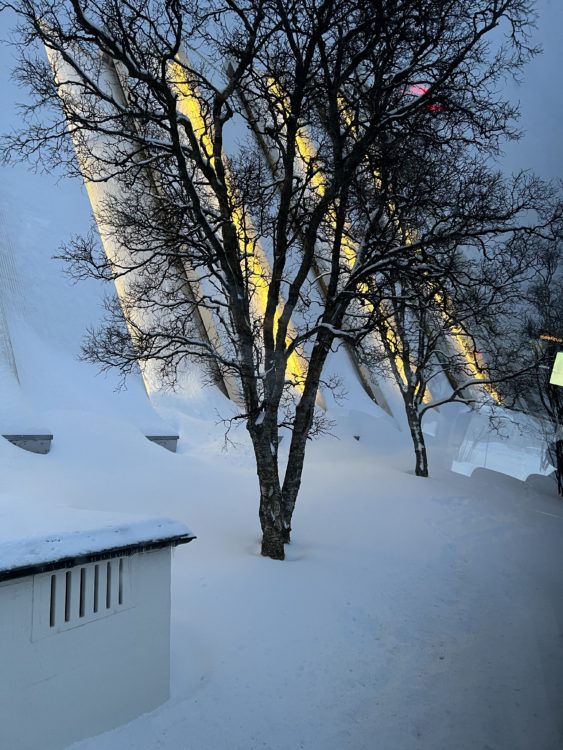


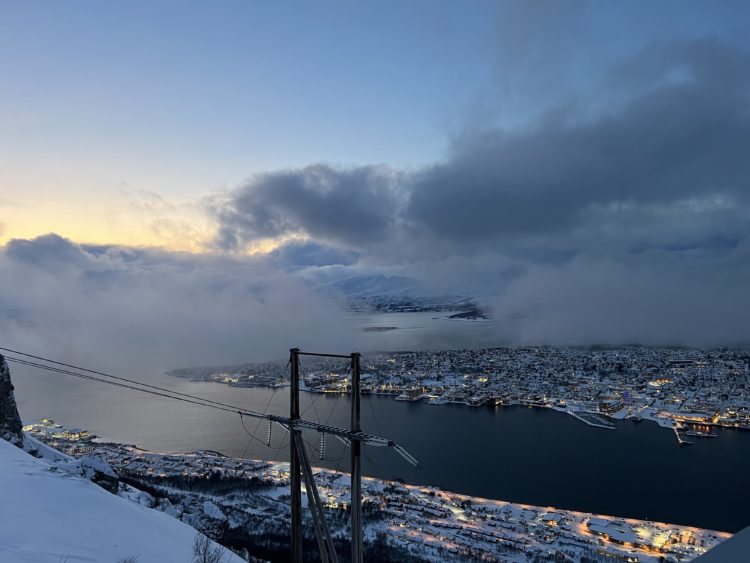
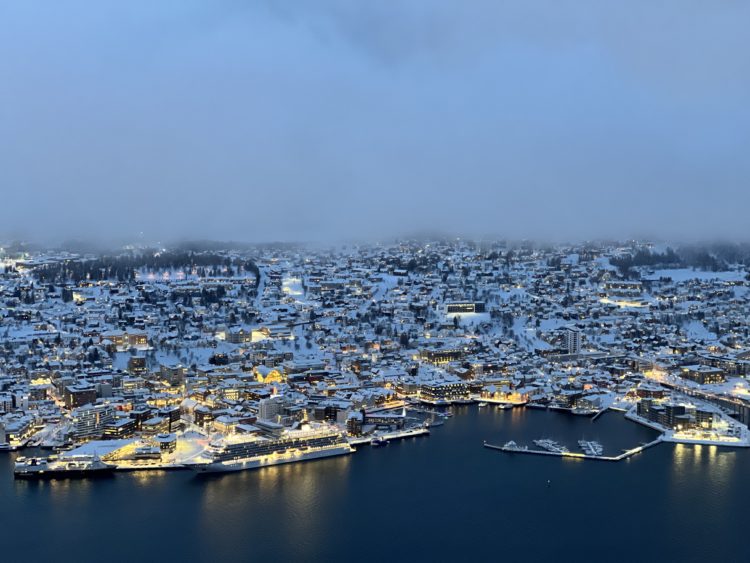

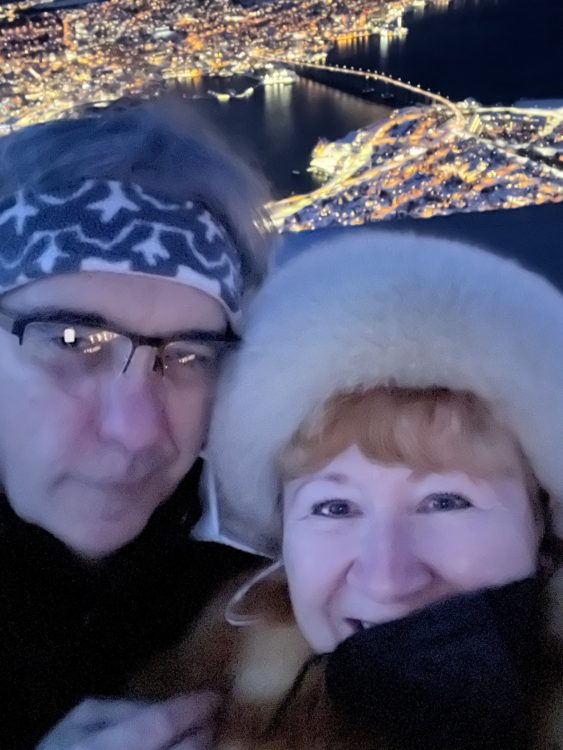


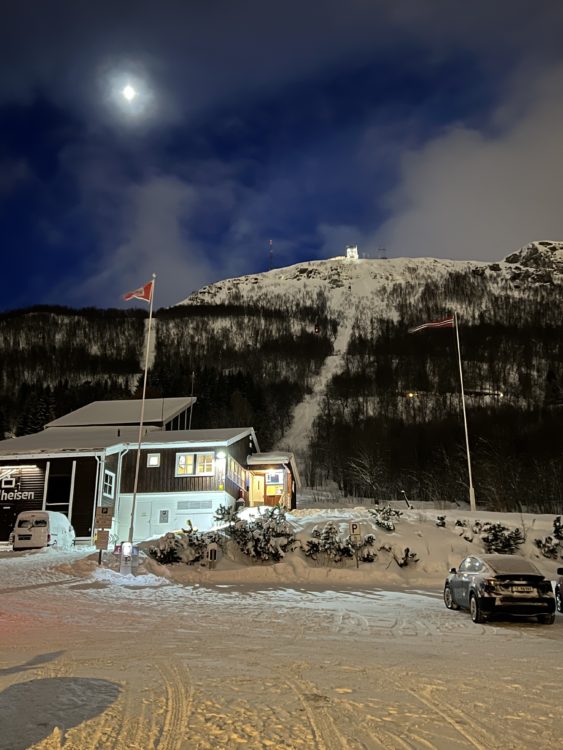
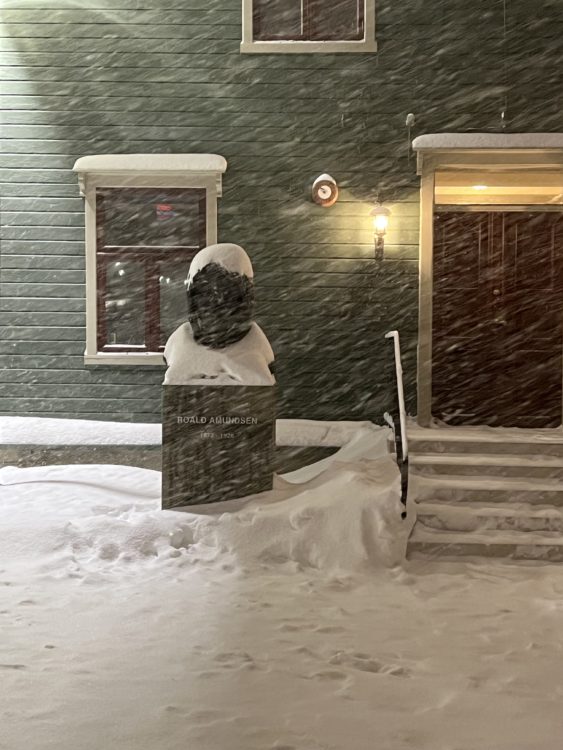
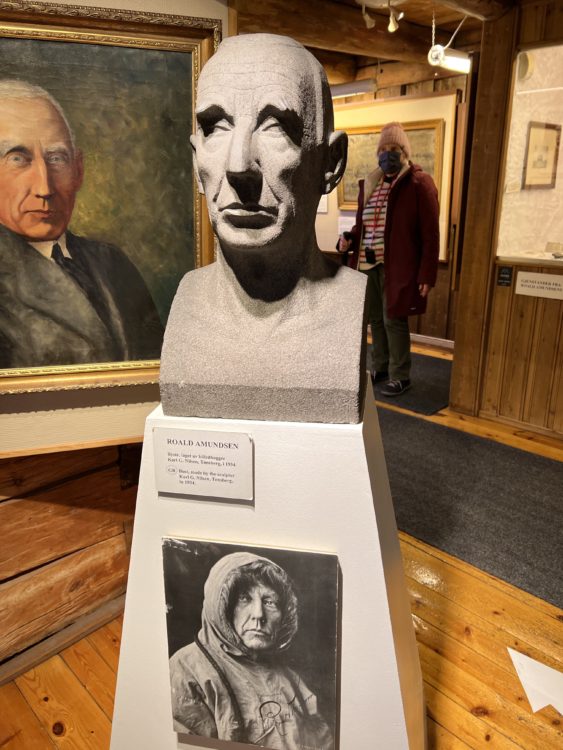
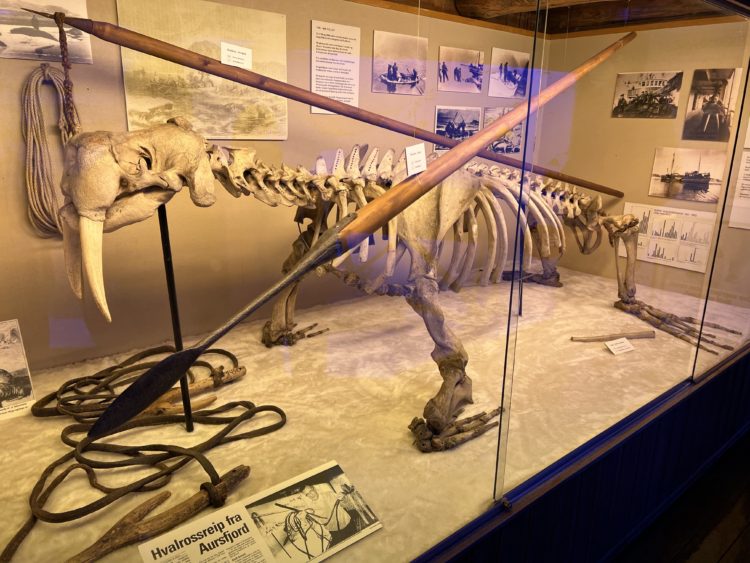
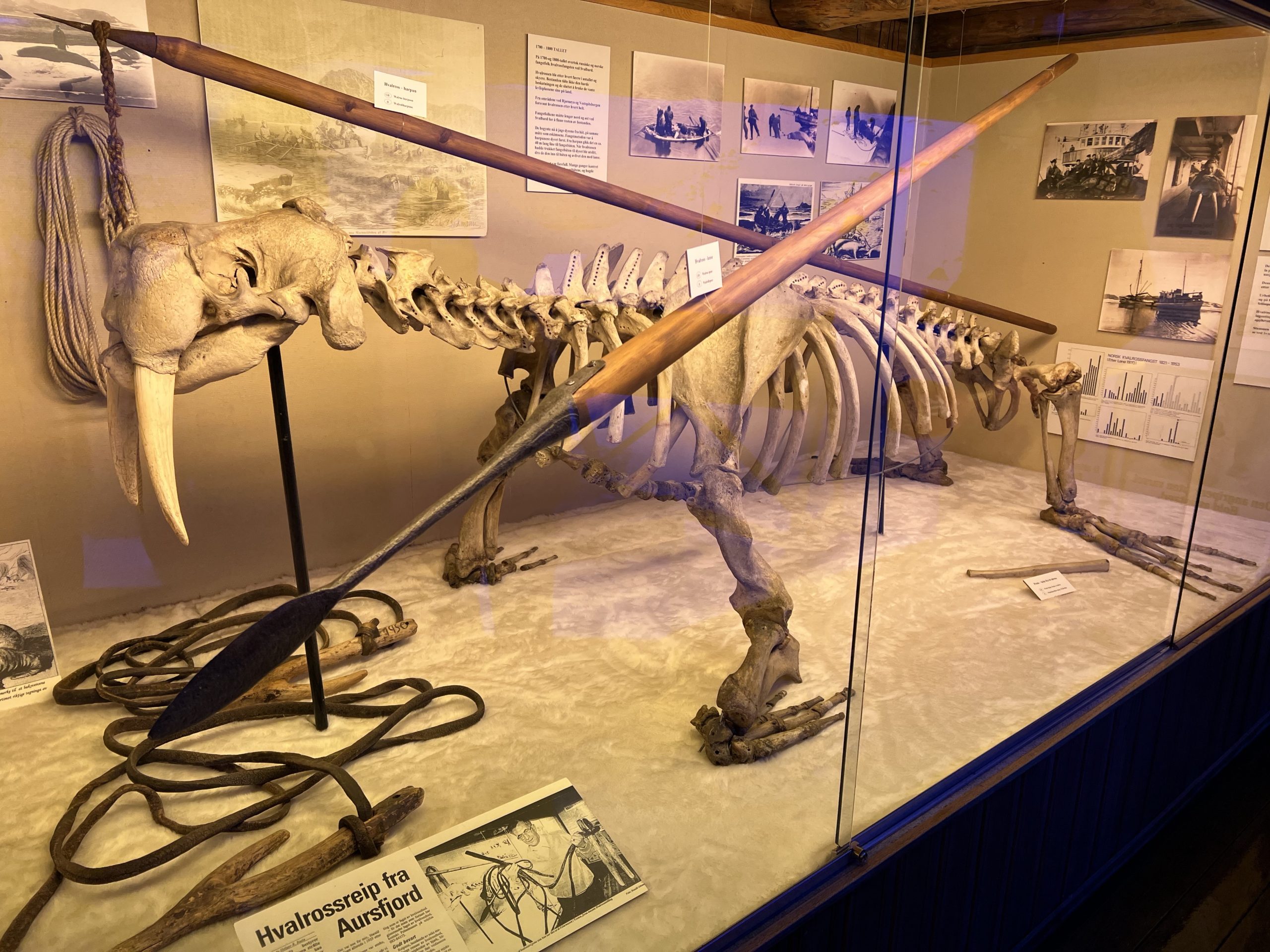

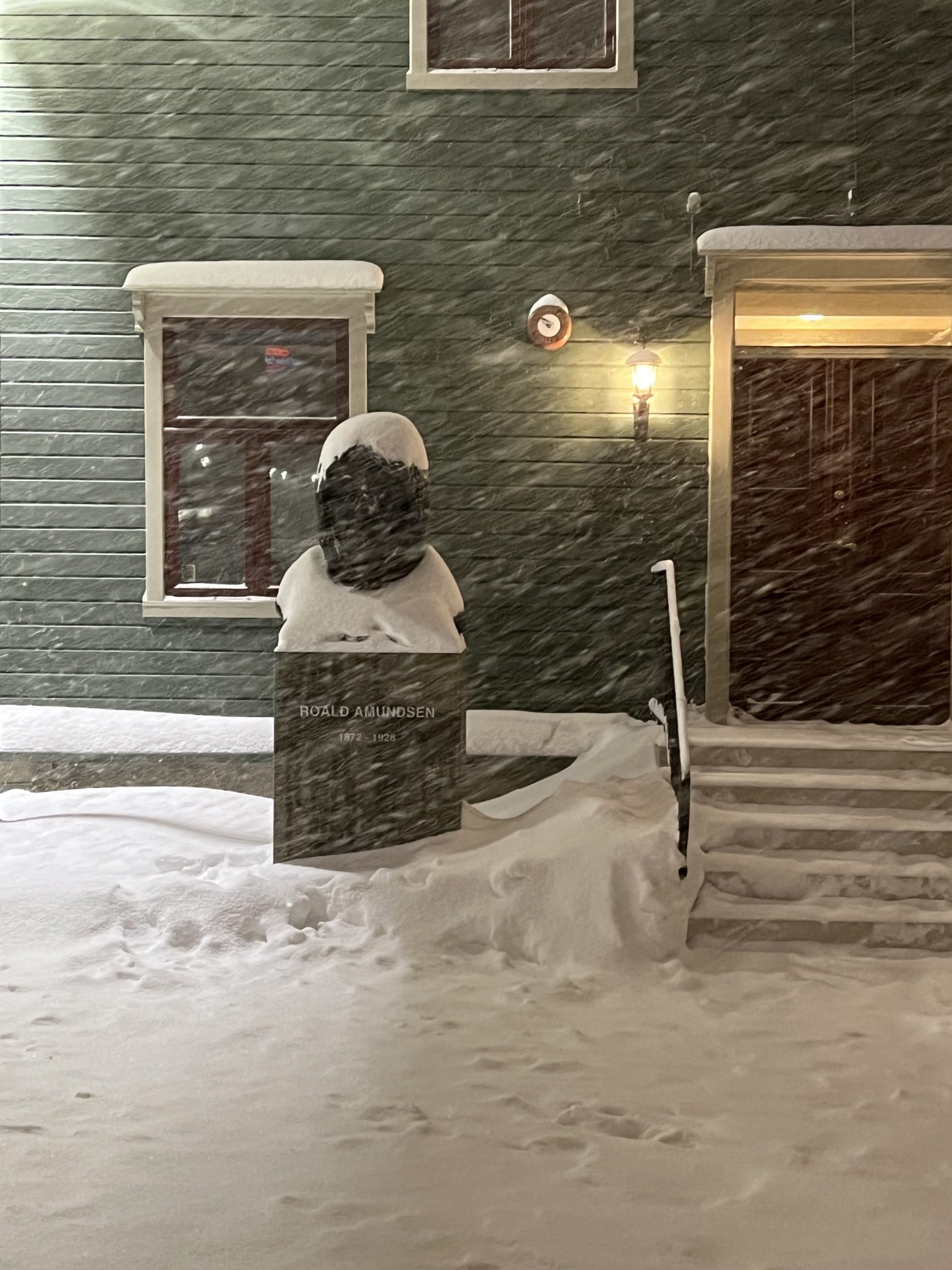
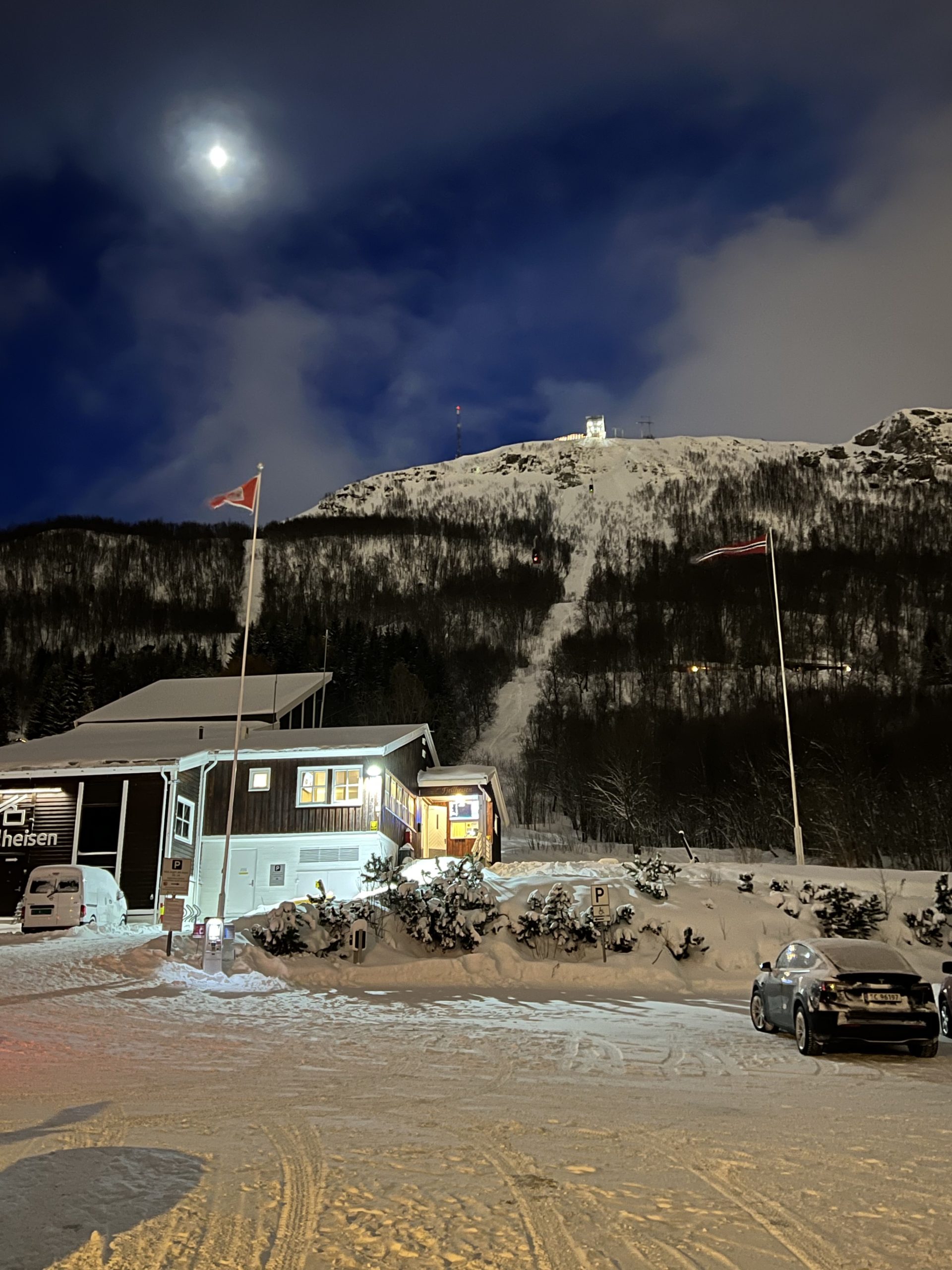
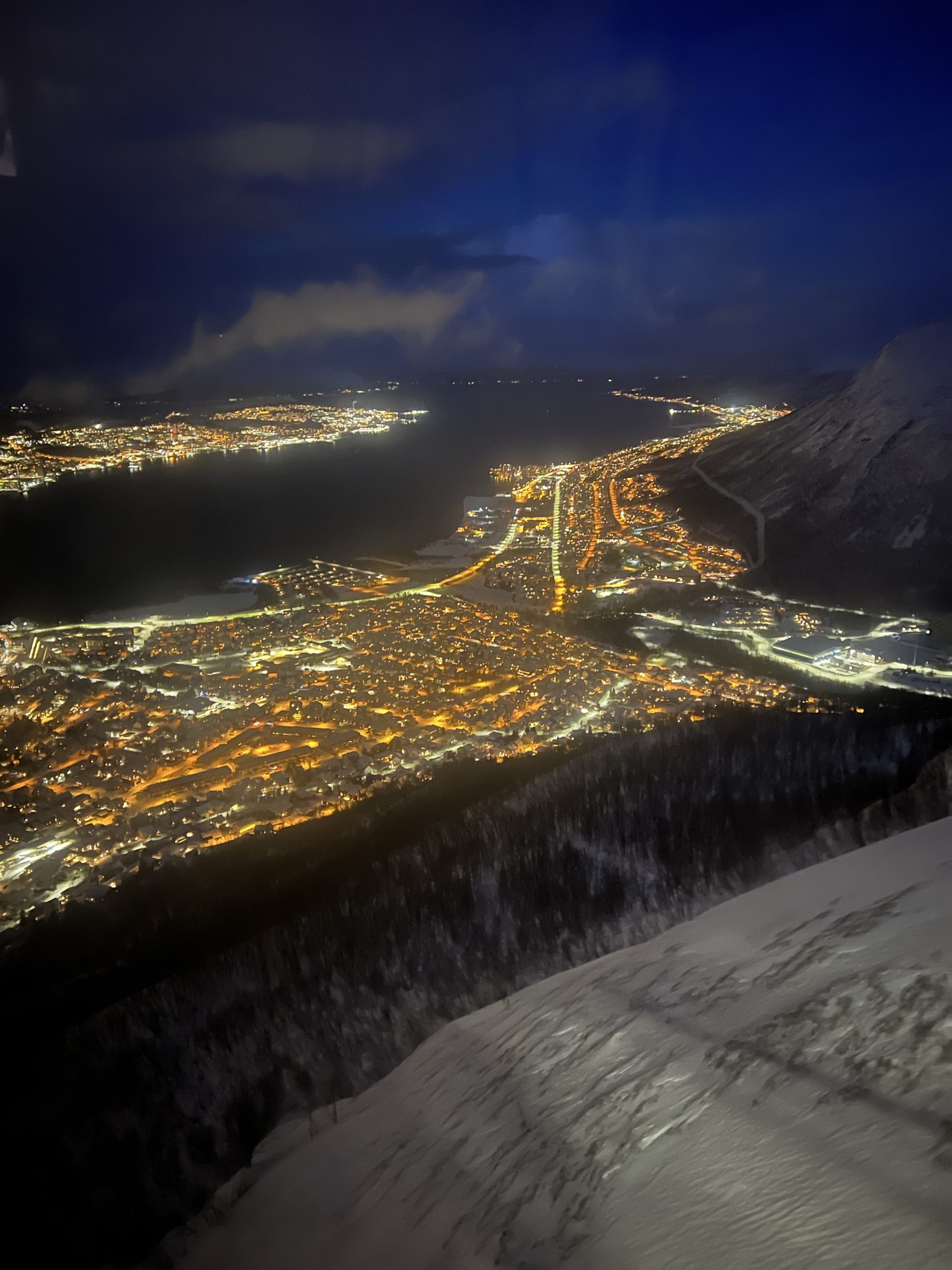


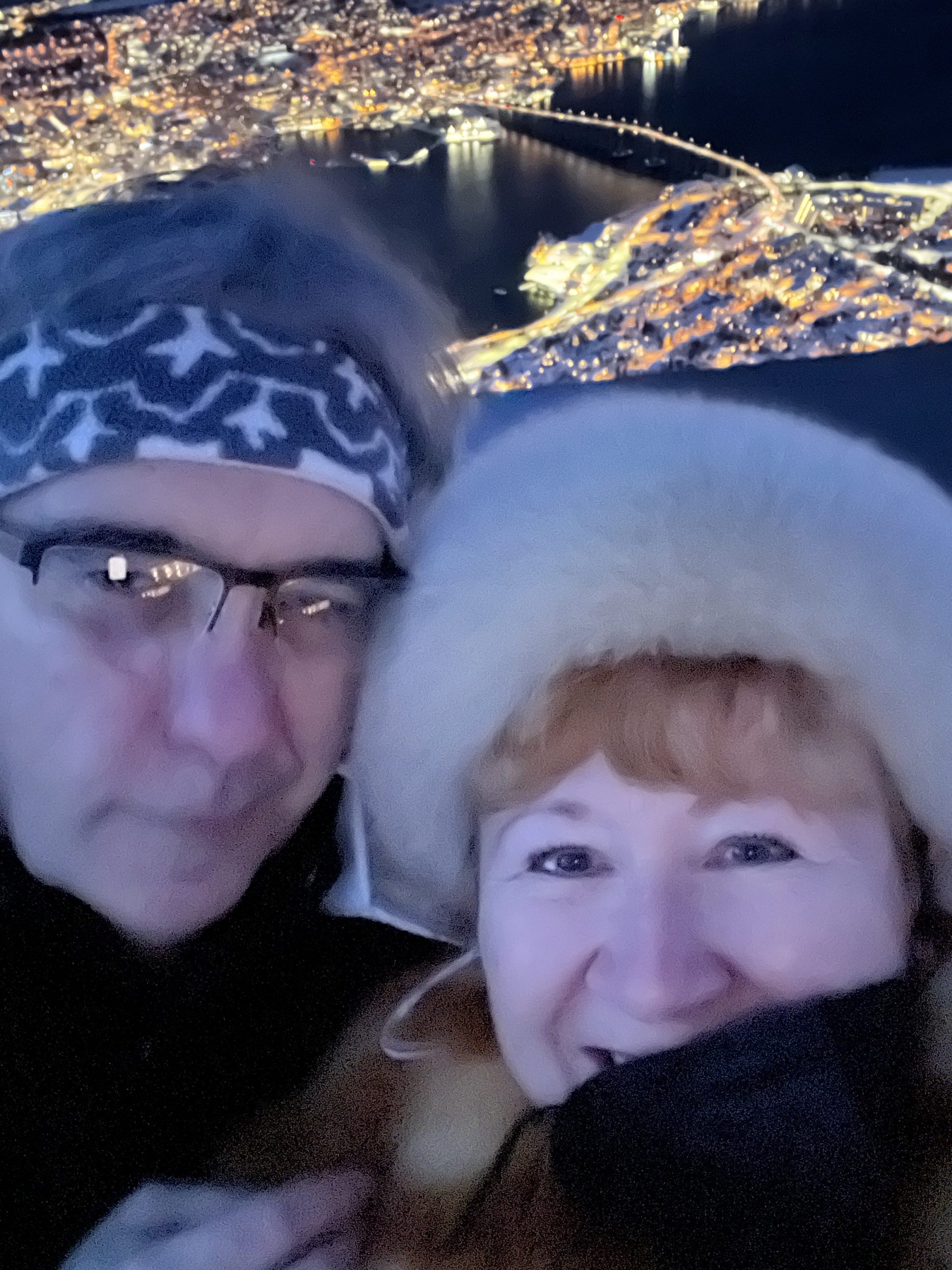
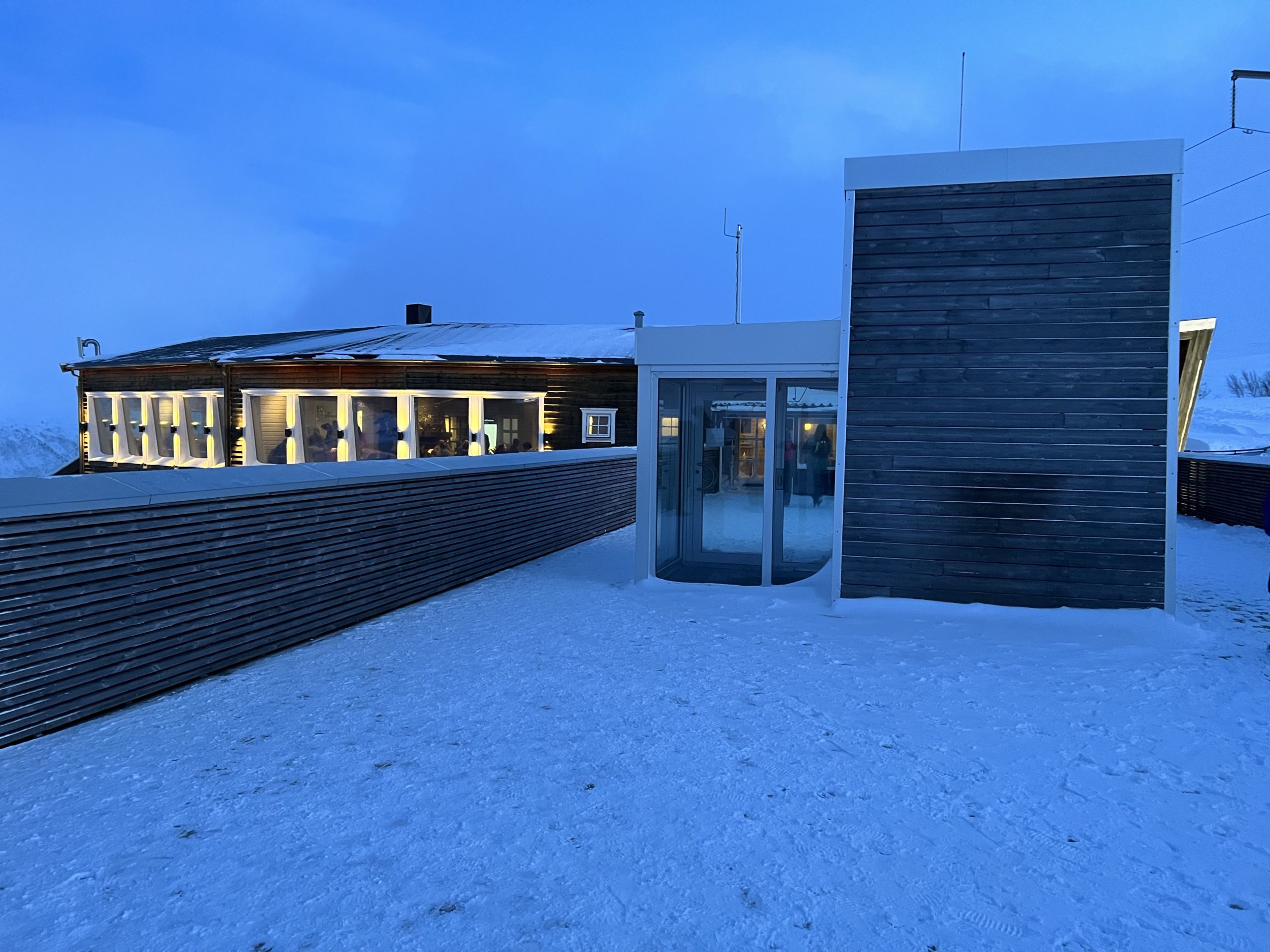

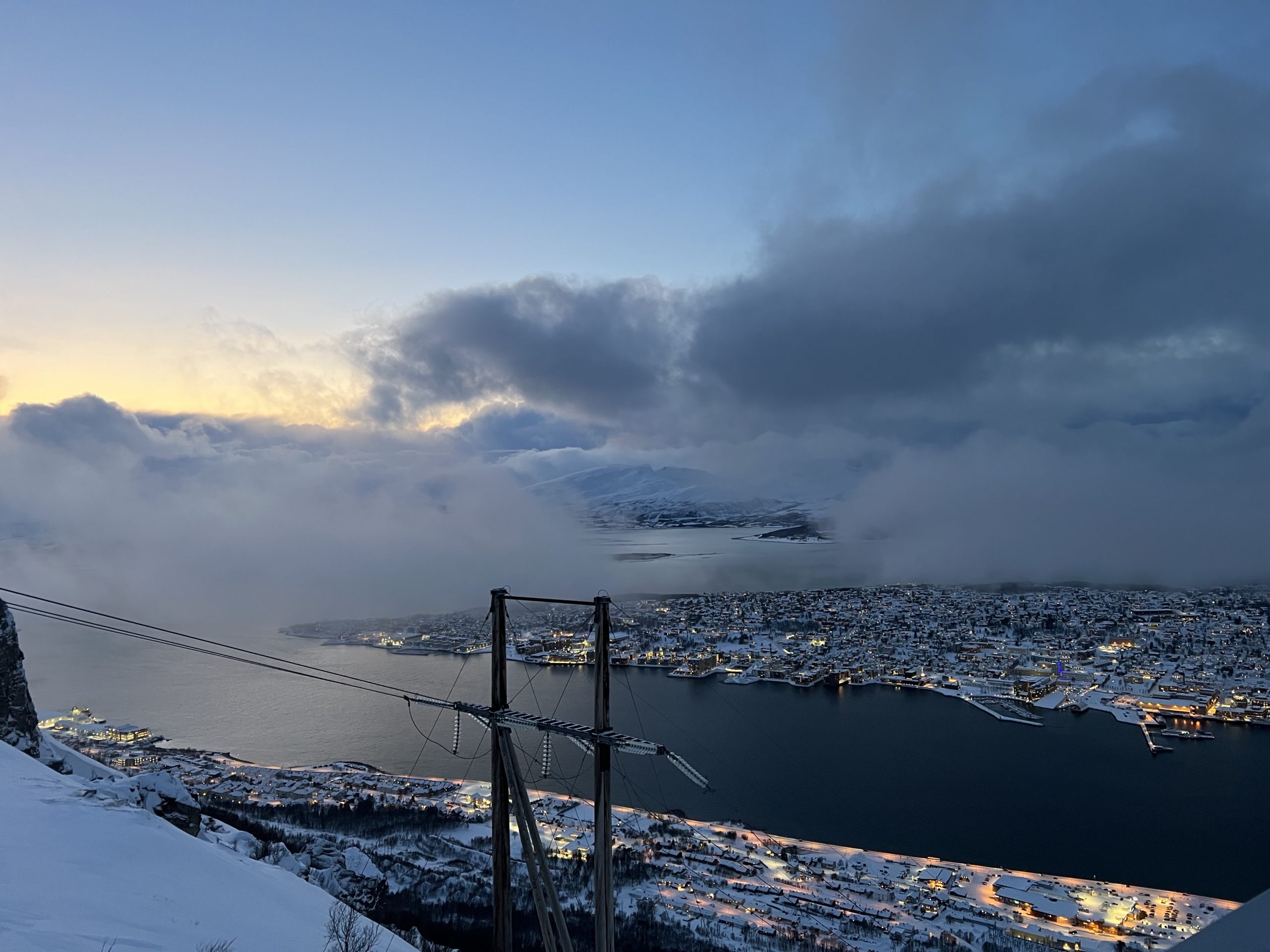

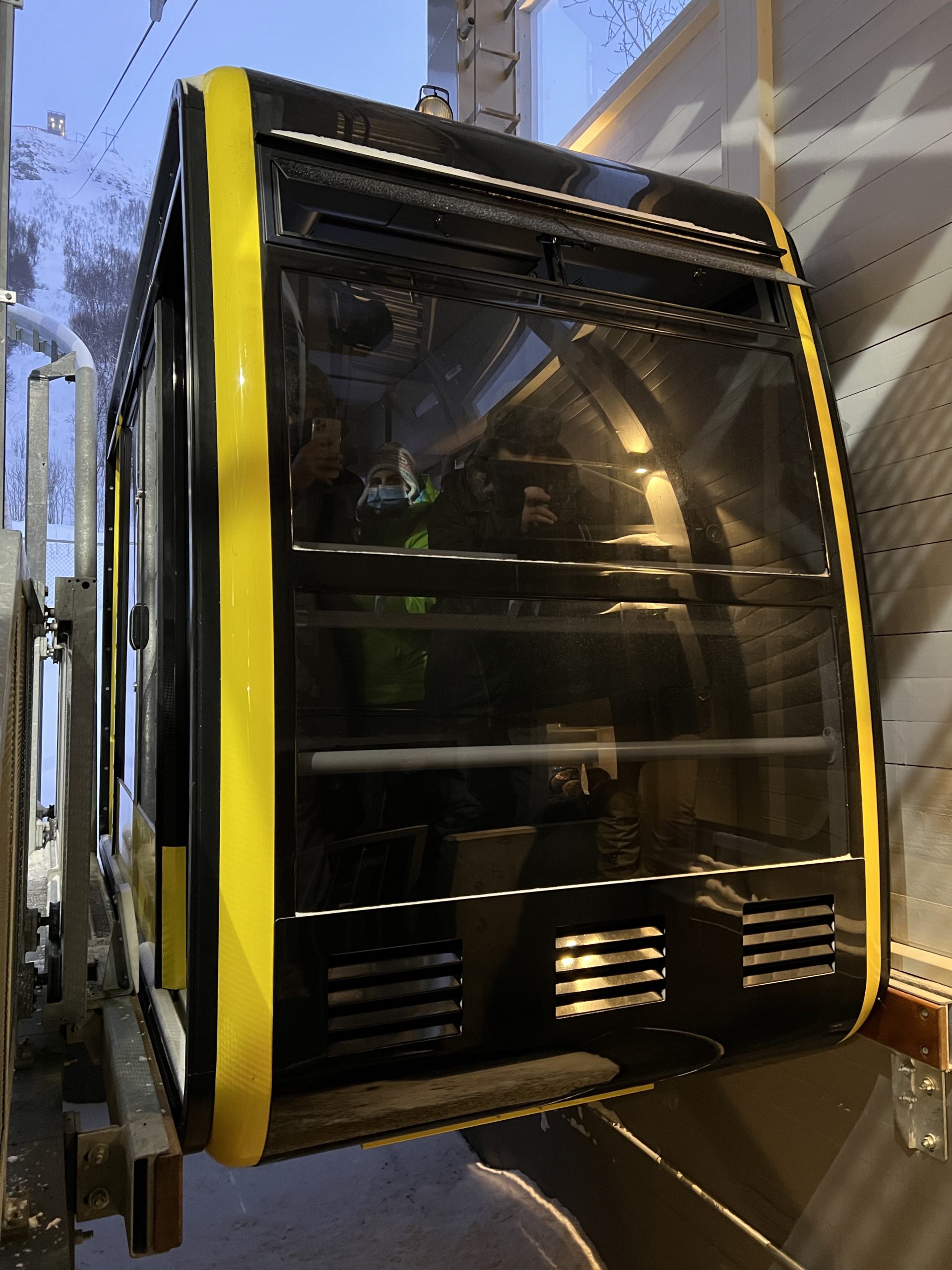
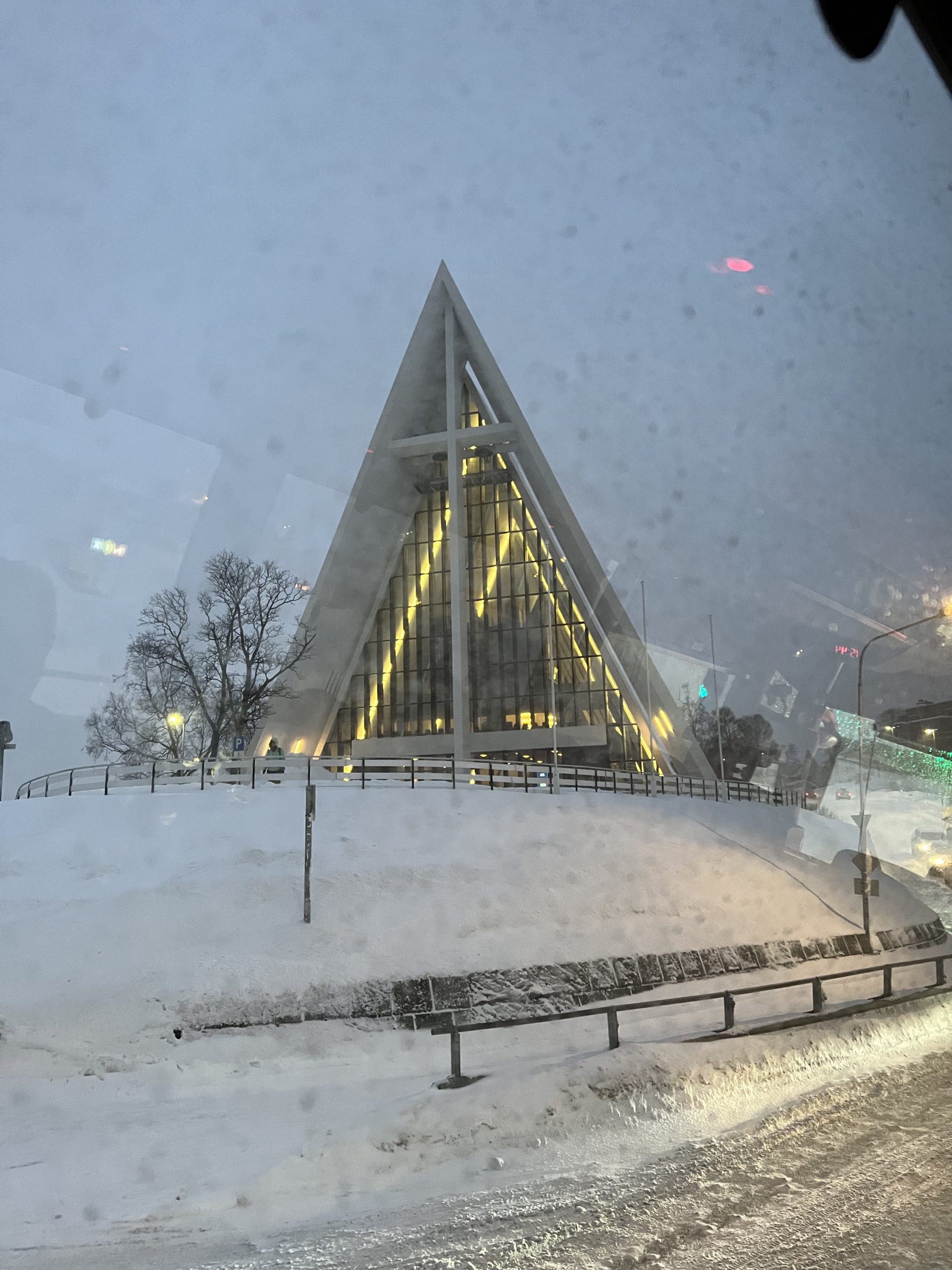


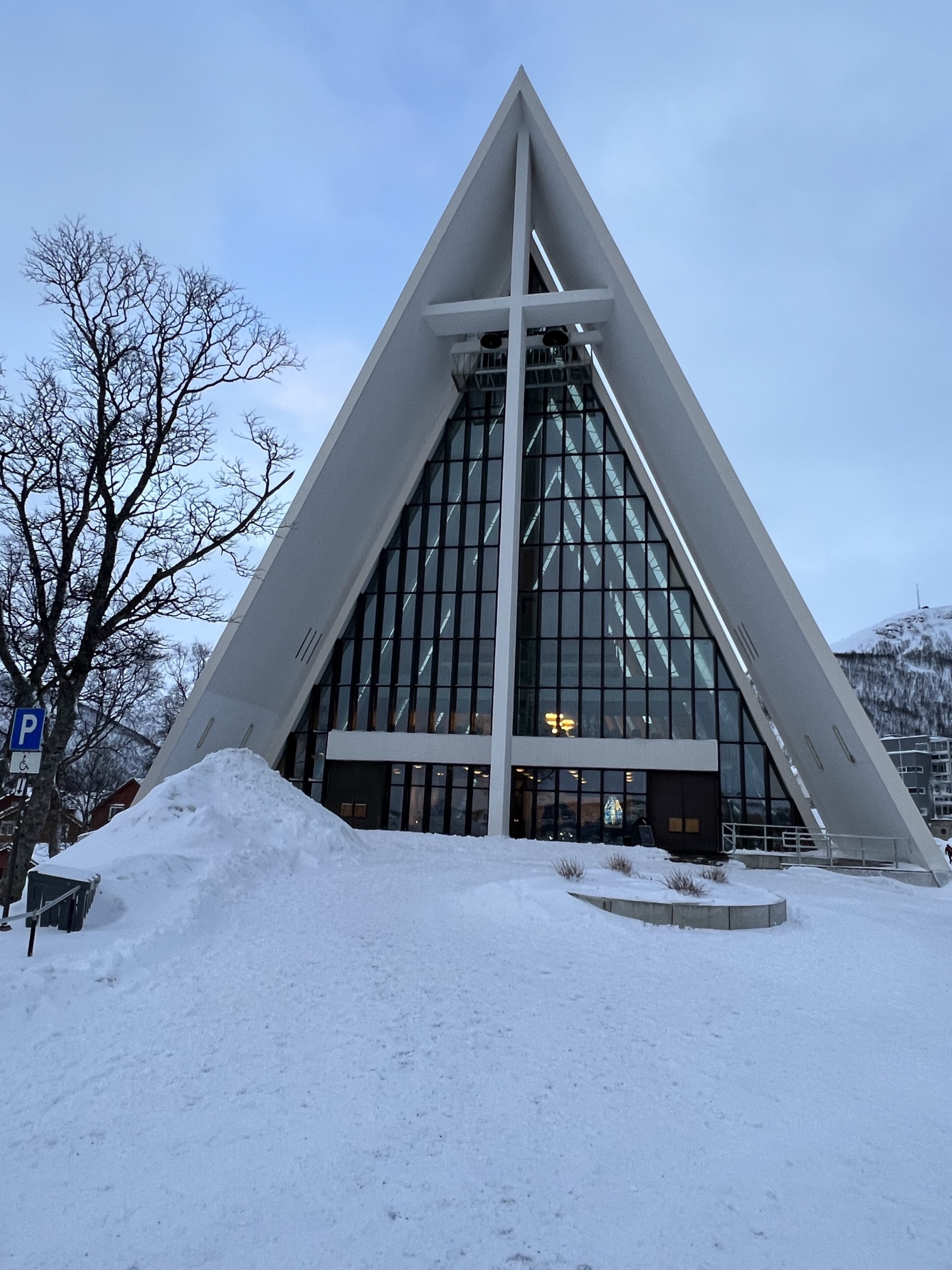

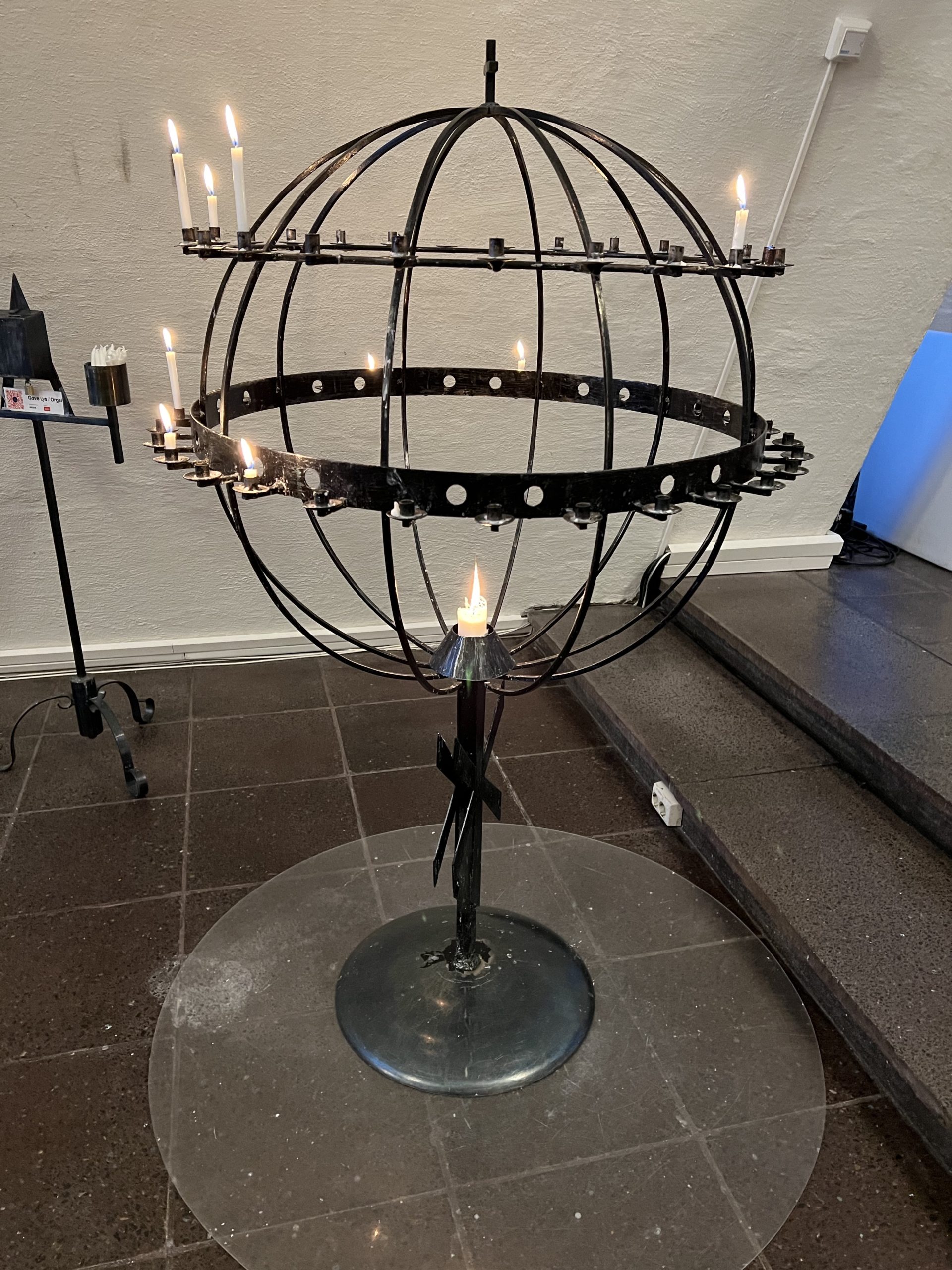
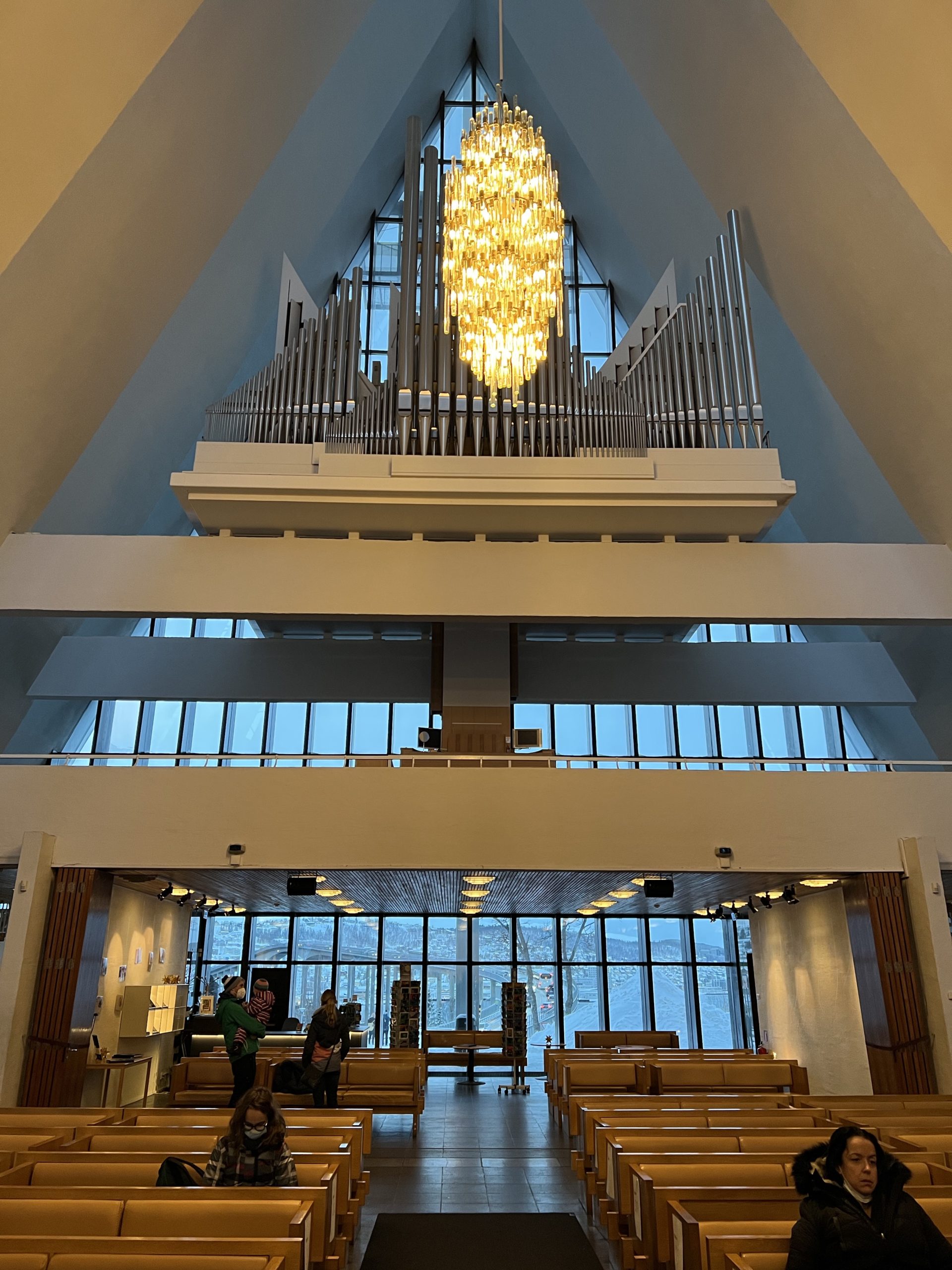
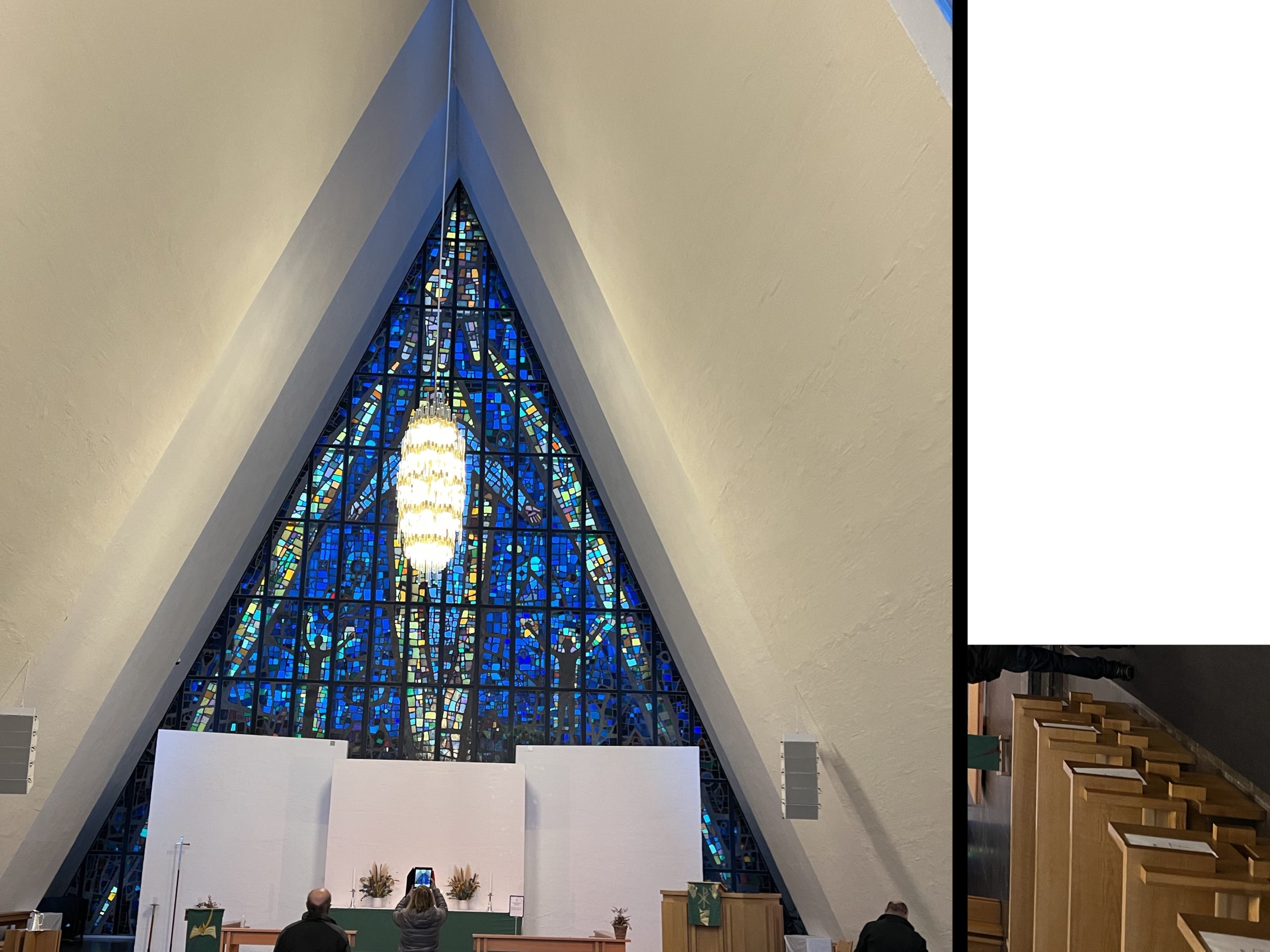
Leave A Comment